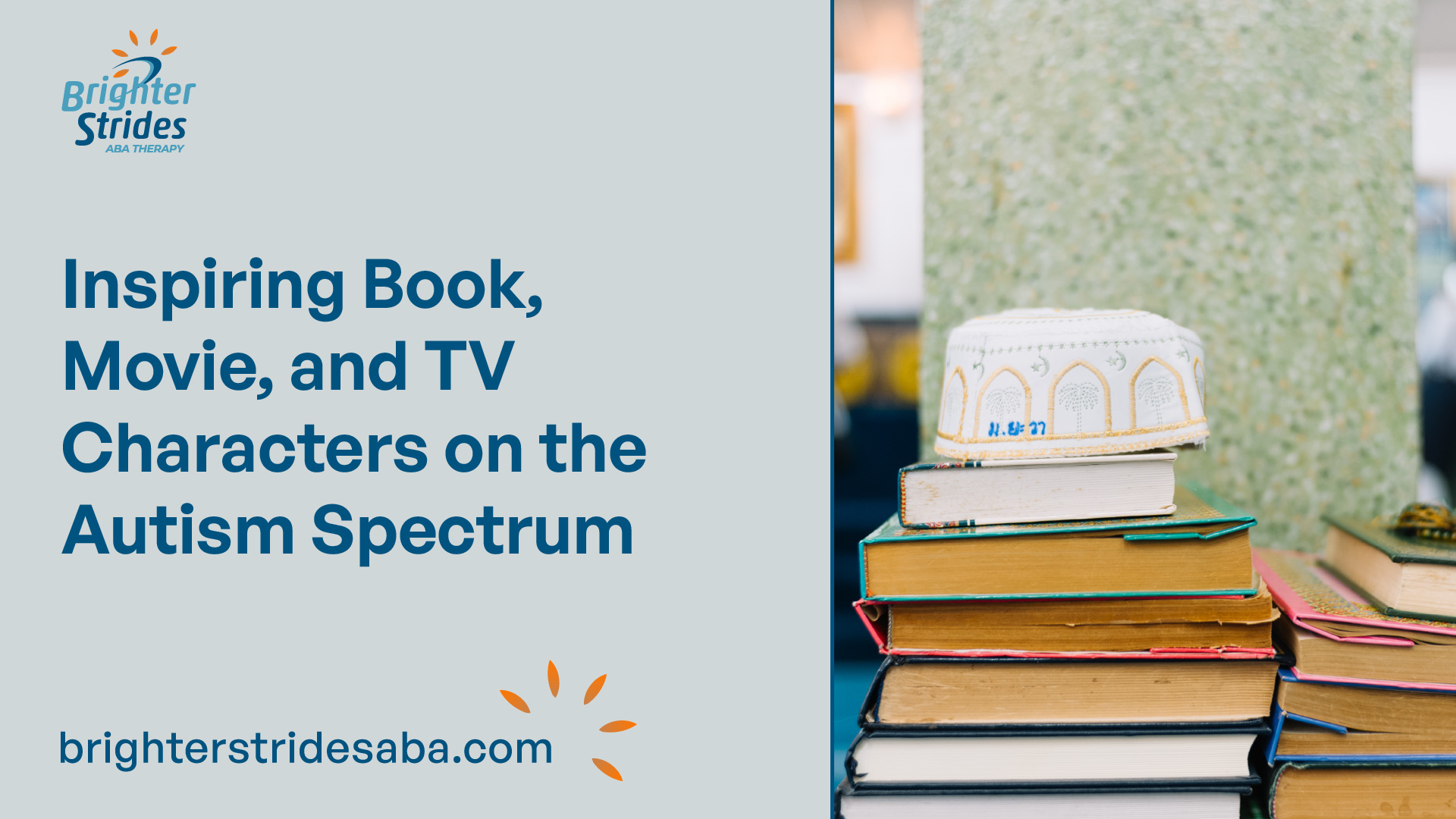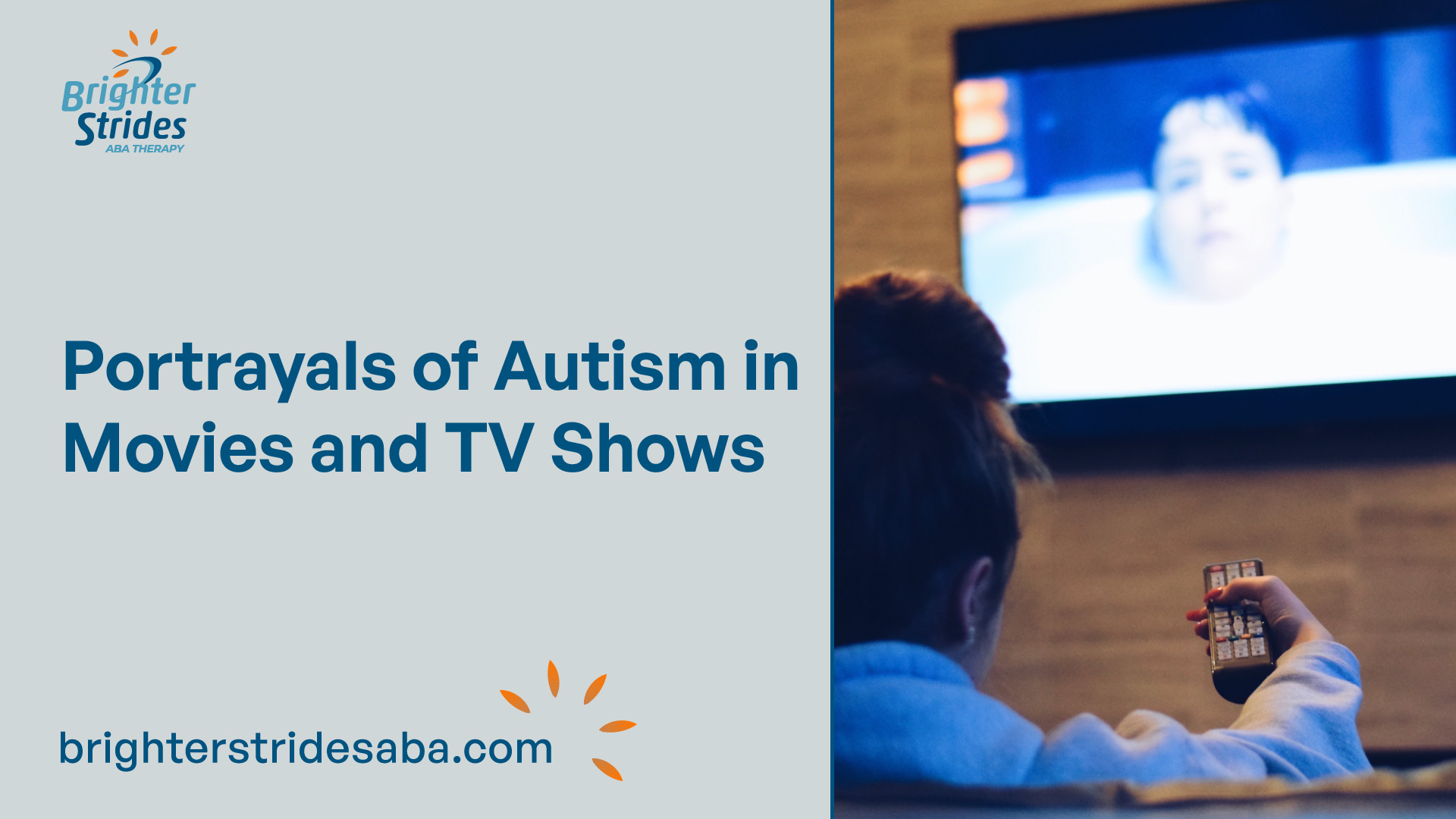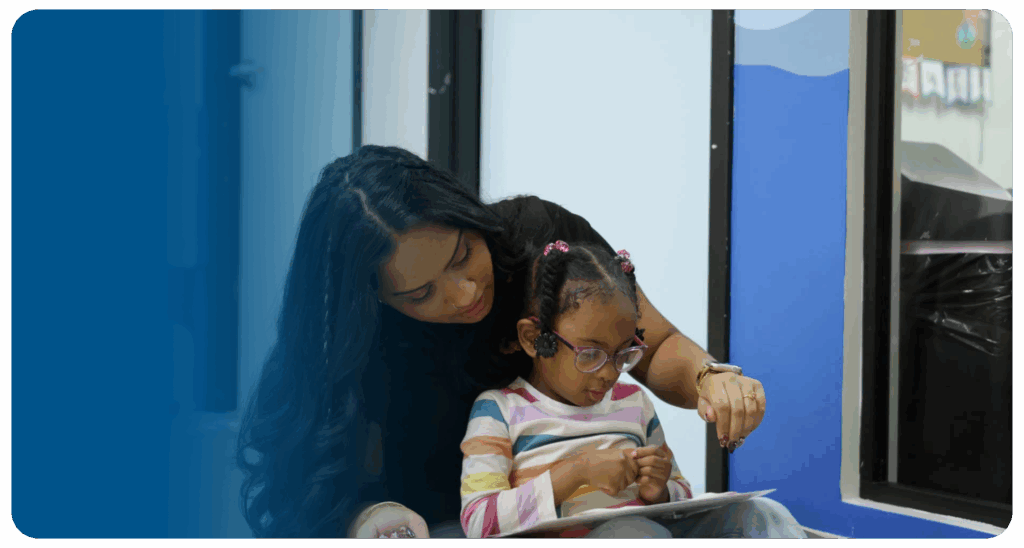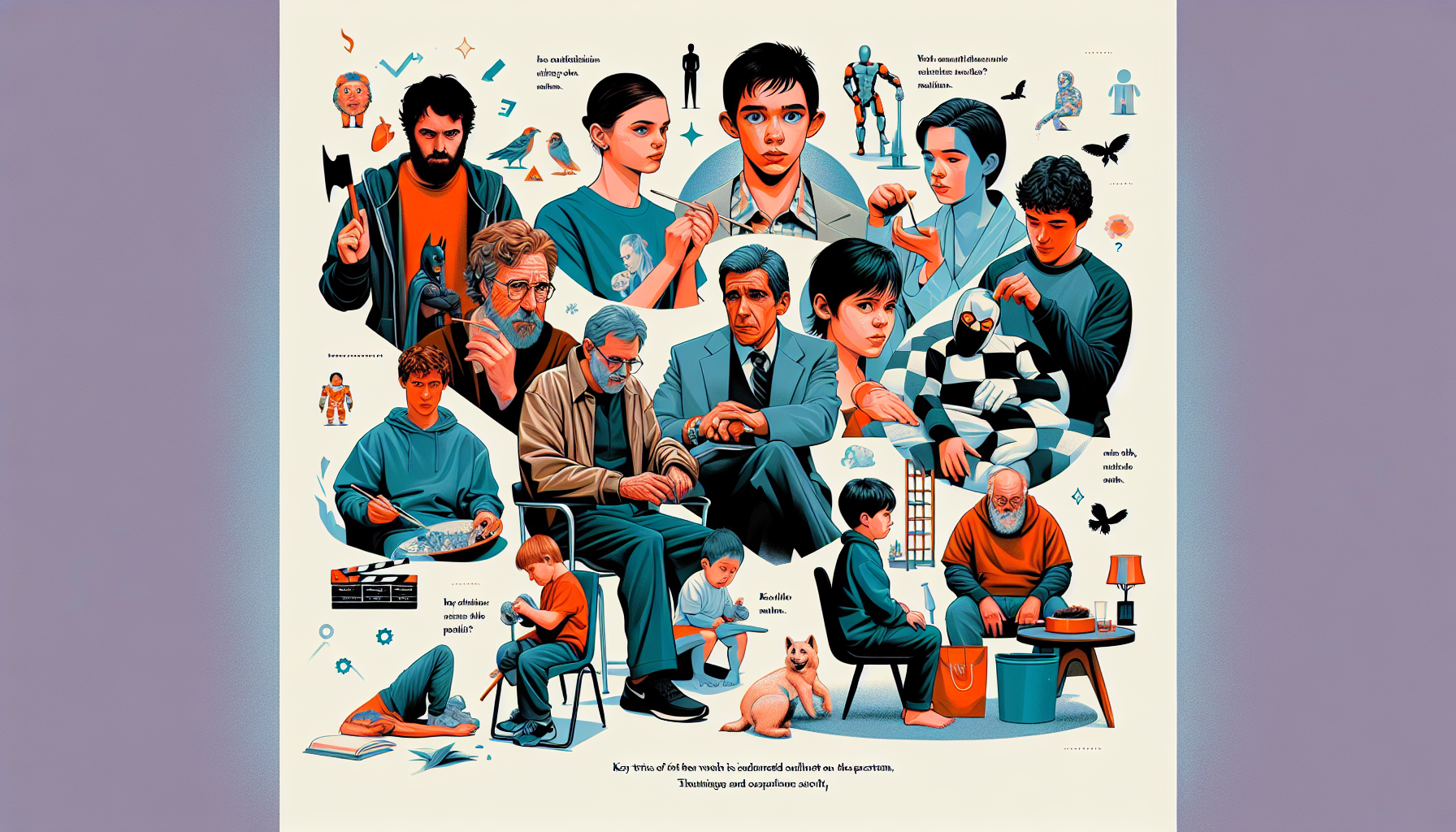
Representation of Autism in Media
The representation of autism in media plays a significant role in shaping public perceptions and understanding of individuals on the autism spectrum. Authentic portrayals are crucial in fostering empathy, promoting acceptance, and breaking down stereotypes. However, there are challenges in current depictions that hinder the portrayal of autism in a realistic and nuanced manner.
Importance of Authentic Portrayals
Authentic portrayals of characters on the autism spectrum are vital in providing viewers with a true understanding of the wide range of experiences within the autism community. Such portrayals can help combat stereotypes and misconceptions surrounding autism, allowing for increased awareness and acceptance. It is important for media to accurately reflect the diversity of individuals on the autism spectrum and showcase their strengths, challenges, and unique perspectives.
Challenges in Current Depictions
Despite the increasing presence of characters with autism in movies and TV shows, there are challenges that impede the creation of authentic portrayals. One major challenge is the lack of representation behind the scenes. The industry is still predominantly dominated by neurotypical writers, directors, and actors who may not have personal experiences or deep understanding of autism. This can result in inaccurate and superficial portrayals that perpetuate stereotypes and misunderstandings about autism.
Another challenge lies in the tendency to focus on specific aspects of autism, such as savant abilities. While characters with extraordinary talents can be intriguing, overemphasis on these abilities can create unrealistic expectations and misconceptions about individuals on the autism spectrum. It is crucial to showcase a broader range of experiences and abilities to reflect the reality of autism.
Furthermore, there is a lack of representation for women and girls on the autism spectrum in media. This underrepresentation perpetuates the misconception that autism predominantly affects males, disregarding the experiences and challenges faced by females with autism. Diverse and inclusive portrayals are necessary to ensure that everyone within the autism community feels seen and understood.
To address these challenges and improve the representation of autism in media, it is important to involve individuals on the autism spectrum in the creation and portrayal of autistic characters. Collaborating with individuals who have firsthand experiences can provide invaluable insights, ensuring more accurate and respectful portrayals. By promoting authenticity and empathy, media can play a significant role in increasing understanding and acceptance of individuals on the autism spectrum.

Portrayals of Autism in Movies and TV Shows
The representation of characters on the autism spectrum in movies and TV shows has seen both progress and challenges. While these portrayals have the potential to increase understanding and acceptance, they often lack depth and authenticity, reinforcing stereotypes and misunderstanding about autism. Let’s explore the impact of the iconic film “Rain Man,” notable characters in TV shows, and characters in movies.
Impact of “Rain Man”
The film “Rain Man,” released in 1988, played a significant role in introducing autism to a broader audience. The character Raymond Babbitt, portrayed by Dustin Hoffman, showcased the savant abilities often associated with autism. While the film shed light on the condition, it also perpetuated the idea that individuals with autism possess extraordinary skills or superhuman traits . This narrow focus on savant abilities can create unrealistic and harmful expectations for individuals with autism in real life.
Notable Characters in TV Shows
In recent years, there has been an increase in the representation of characters with autism on television. However, it is important to note that many of these portrayals are still limited in their depiction of the autism spectrum. Most depictions tend to focus on characters with savant abilities, reducing the complexity and diversity of the spectrum.
Notable characters in TV shows include:
- Dr. Shaun Murphy in “The Good Doctor”: Dr. Murphy, portrayed by Freddie Highmore, is a surgical resident with autism and savant syndrome. His exceptional medical knowledge challenges societal biases and provides a more nuanced portrayal of autism.
- Max Braverman in “Parenthood”: Max, played by Max Burkholder, is a young boy with Asperger’s syndrome. The show explores Max’s journey and the impact of autism on his family, highlighting the challenges and triumphs of living with autism.
Characters in Movies
While progress has been made in TV portrayals, movies still have a long way to go in terms of accurate and diverse representations of characters on the autism spectrum. Many films continue to be dominated by neurotypical writers, directors, and actors portraying characters with autism. This lack of representation from individuals with autism in the creation and portrayal of autistic characters can contribute to the perpetuation of stereotypes and inaccuracies.
Despite the challenges, there have been some notable characters in movies that aim to provide more authentic portrayals of autism. These include:
- Christopher Boone in “The Curious Incident of the Dog in the Night-Time” (adapted from the book): Christopher, portrayed by various actors in stage and screen adaptations, offers a unique perspective as a teenager with autism navigating life and investigating a mystery.
- Iris in “Mozart and the Whale”: Iris, played by Radha Mitchell, is a woman with autism who forms a romantic relationship with a man also on the spectrum. The film explores the challenges and complexities of love and connection for individuals with autism.
As we continue to move forward, it is crucial to ensure that the representation of characters with autism in movies and TV shows becomes more diverse, nuanced, and authentic. Collaborating with individuals on the autism spectrum can bring valuable insights and lead to more respectful and accurate portrayals in the media. By promoting authenticity and empathy in these portrayals, we can contribute to a better understanding and acceptance of individuals on the autism spectrum.
Portrayals of Autism in Books
Books have provided a platform for unique perspectives on autism, allowing readers to delve into the inner worlds and experiences of individuals on the spectrum. These literary portrayals offer a deeper understanding of autism and contribute to the broader conversation surrounding neurodiversity.
Unique Perspectives in Literature
Literature has the power to provide readers with a window into the minds of characters on the autism spectrum. These narratives often offer a firsthand experience of the challenges, triumphs, and unique perspectives of individuals with autism.
One notable example is the novel “The Curious Incident of the Dog in the Night-Time” by Mark Haddon. The title character, Christopher Boone, provides readers with a unique perspective into the mind of an individual with autism. The story unfolds through Christopher’s perspective, allowing readers to witness his thought processes and view the world from his point of view.
Notable Characters in Books
Several books have featured memorable characters on the autism spectrum, each with their own journeys and stories. These characters have resonated with readers, fostering empathy and understanding.
- “House Rules” by Jodi Picoult explores the challenges faced by a teenager with autism and his family, offering a nuanced portrayal of the condition.
- “The Reason I Jump” by Naoki Higashida is a non-fiction book written by a young man with autism. It provides valuable insights into the experiences and perspectives of individuals on the autism spectrum, offering readers a deeper understanding of their thoughts and feelings.
- “The Speed of Dark” by Elizabeth Moon delves into the inner world of an autistic protagonist, exploring themes of identity, acceptance, and the potential impact of medical interventions.
- “The Rosie Project” by Graeme Simsion features a main character who displays autistic traits. The novel offers a humorous and heartwarming portrayal of love, relationships, and neurodiversity, showcasing the complexities of navigating social interactions and finding acceptance.
These books not only provide entertainment but also contribute to the broader understanding and acceptance of autism. Through the unique perspectives and experiences of these characters, readers are given the opportunity to gain insight, challenge stereotypes, and develop empathy towards individuals on the autism spectrum.
The Need for Diverse and Nuanced Representations
When it comes to the portrayal of characters on the autism spectrum in books, movies, and TV shows, there is a clear need for more diverse and nuanced representations. While there has been progress in showcasing characters with autism in media, there are still significant challenges that need to be addressed.
Overemphasis on Savant Abilities
One common issue in the representation of characters with autism is the overemphasis on savant abilities. Many depictions in movies and TV shows tend to focus on characters with extraordinary talents or superhuman traits. While savant abilities can exist within the autism spectrum, they represent only a small fraction of the diverse experiences and abilities found among individuals on the spectrum.
By primarily showcasing characters with savant abilities, the complexity and diversity of the autism spectrum are reduced, perpetuating a limited and inaccurate understanding of autism. It is important to move beyond these stereotypes and present a wider range of experiences and abilities within the autism community.
Lack of Representation for Women and Girls
Another significant issue in the portrayal of characters with autism is the lack of representation for women and girls on TV and in movies. The majority of characters with autism are male, leading to a skewed understanding of the full spectrum and diversity within the autism community. This lack of representation further perpetuates misconceptions and fails to provide a comprehensive view of the experiences of individuals on the autism spectrum.
To create more inclusive and accurate portrayals, it is essential to feature a broader range of gender identities and experiences within the autism community. Including more female and non-binary characters with autism can help challenge stereotypes and provide a more accurate representation of the diverse individuals on the spectrum.
Importance of Realistic Relationships
In addition to addressing the overemphasis on savant abilities and the lack of representation for women and girls, it is crucial to highlight the importance of realistic relationships in the portrayal of characters with autism. Characters on the autism spectrum, like anyone else, have complex emotional lives and form meaningful connections with others.
Including genuine and authentic relationships in the portrayal of characters with autism can help humanize their experiences and challenge misconceptions. By showcasing realistic interactions, friendships, and romantic relationships, media can contribute to a better understanding and acceptance of individuals on the autism spectrum.
To achieve more diverse and nuanced representations, it is essential for creators to collaborate with individuals on the autism spectrum. By involving people with lived experiences in the creative process, media can strive for authenticity and empathy in the portrayal of characters with autism. This collaboration can help ensure that the stories being told are accurate, respectful, and meaningful to the autism community.
In conclusion, there is a need for more diverse and nuanced representations of characters on the autism spectrum in books, movies, and TV shows. By moving away from stereotypes, including a broader range of gender identities, and emphasizing realistic relationships, media can play a significant role in promoting understanding and acceptance of individuals on the autism spectrum.
The Influence of Autism Portrayals
The portrayal of characters with autism in books, movies, and TV shows plays a significant role in shaping public perceptions and influencing understanding and acceptance of individuals on the autism spectrum. However, the current state of autism representation in media presents both opportunities and challenges.
Shaping Public Perceptions
Characters with autism in media have the potential to shape public perceptions of individuals on the autism spectrum. According to a study conducted in the UK, nearly 88% of respondents felt that the portrayal of characters with autism in the media was important in shaping attitudes toward individuals with autism [4]. When done accurately and authentically, these portrayals can increase understanding, empathy, and acceptance.
However, the limited and sometimes inaccurate representation of characters with autism can perpetuate stereotypes and misconceptions. This becomes challenging for viewers to understand the wide range of experiences on the autism spectrum [1].
Impact on Understanding and Acceptance
Authentic and nuanced portrayals of characters with autism can have a positive impact on understanding and acceptance. Research conducted in hybrid regions has emphasized the need for more accurate representations in TV, movies, and books, as inaccurate or exaggerated depictions can perpetuate misconceptions and hinder real-life understanding of autism.
More diverse representations that showcase the strengths, challenges, and relationships of individuals with autism can help foster a more inclusive and accurate understanding of autism in society [4]. By presenting characters with autism in a realistic and respectful manner, media can contribute to a broader awareness and empathy for the experiences of individuals on the autism spectrum.
To ensure a more accurate portrayal, it is essential to involve individuals on the autism spectrum in the creation and portrayal of autistic characters. Collaborating with individuals who have firsthand experience with autism can lead to more authentic and respectful representations in movies and television shows. This helps to provide a platform for diverse voices and perspectives, promoting a richer and more nuanced understanding of autism in the media.
In conclusion, the portrayal of characters with autism in books, movies, and TV shows significantly influences public perceptions, understanding, and acceptance of individuals on the autism spectrum. By presenting authentic and diverse representations, media has the power to challenge stereotypes, increase empathy, and foster a more inclusive society. Collaboration with individuals on the autism spectrum is crucial in ensuring accuracy and promoting authentic and empathetic portrayals of autism in media.
Moving Towards Inclusive and Accurate Depictions
As awareness about autism continues to grow, there is a growing recognition of the importance of inclusive and accurate portrayals of individuals on the autism spectrum in books, movies, and TV shows. Collaborating with individuals on the spectrum and promoting authenticity and empathy are essential steps towards achieving this goal.
Collaborating with Individuals on the Spectrum
To ensure more authentic and respectful representations, it is crucial to involve individuals on the autism spectrum in the creation and portrayal of autistic characters in media. Collaborating with individuals who have first-hand experiences can provide valuable insights and perspectives that contribute to more accurate and nuanced portrayals.
By actively involving individuals on the spectrum, writers, directors, and producers can gain a deeper understanding of the diverse range of experiences and challenges faced by individuals with autism. This collaboration can help challenge stereotypes and misconceptions while fostering greater empathy and understanding among the general audience.
Promoting Authenticity and Empathy
Authenticity and empathy are key elements in portraying characters on the autism spectrum. It is essential to move beyond one-dimensional portrayals that focus solely on the challenges or savant abilities of autistic individuals. Instead, media should strive for a more holistic representation that showcases their strengths, challenges, relationships, and unique perspectives.
By portraying the full spectrum of experiences and emotions, media can help foster a more inclusive and accurate understanding of autism in society. Showing the complexities and nuances of autistic characters can promote empathy and challenge preconceived notions, ultimately contributing to a more inclusive and accepting society.
Moreover, it is important to foster empathy not only towards autistic individuals but also towards their families, friends, and communities. By depicting the impact of autism on various relationships and exploring the challenges faced by those close to individuals on the spectrum, media can provide a more comprehensive understanding of the experiences and support networks surrounding autism.
In conclusion, moving towards inclusive and accurate depictions of individuals on the autism spectrum requires collaboration with individuals on the spectrum themselves. By actively involving them in the creative process, media can promote authenticity and empathy, leading to more nuanced and respectful portrayals. It is through these efforts that we can foster greater understanding, acceptance, and inclusivity for individuals with autism in society.
The Need for Diverse and Nuanced Representations
When it comes to portraying characters on the autism spectrum in books, movies, and TV shows, there is a need for more diverse and nuanced representations. While the visibility of characters with autism has increased, many depictions lack depth and authenticity, reinforcing stereotypes and misunderstanding about autism. This limited portrayal can hinder the understanding and acceptance of the wide range of experiences within the autism spectrum.
Overemphasis on Savant Abilities
One common issue in the portrayal of characters with autism in media is the overemphasis on savant abilities. Savant skills, such as exceptional memory or artistic talent, are often highlighted, giving viewers a narrow and incomplete view of the spectrum. This reductionist approach fails to capture the complexity and diversity of individuals on the autism spectrum, perpetuating misconceptions about autism.
Lack of Representation for Women and Girls
Another significant gap in autism representation is the lack of portrayal of women and girls with autism. The majority of characters with autism in movies and TV shows are male, further limiting the understanding of the full spectrum and diversity within the autism community. By overlooking the experiences of women and girls with autism, media representations fail to reflect the reality and challenges faced by this important segment of the autism community.
Importance of Realistic Relationships
The portrayal of relationships is an essential aspect that is often overlooked in depictions of characters with autism. Research shows that only a small percentage of characters with autism in media are shown in relationships. This limited representation can contribute to the misconception that individuals with autism are not interested in romantic relationships or are incapable of forming them. In reality, individuals on the autism spectrum have the capacity for meaningful connections and intimate relationships, and it is crucial to portray these aspects authentically.
To move towards more inclusive and accurate depictions, it is essential to collaborate with individuals on the autism spectrum in the creation and portrayal of autistic characters in media. Their firsthand perspectives can provide valuable insights that lead to authentic and respectful representations. By promoting authenticity and empathy in the portrayal of characters with autism, we can increase awareness, understanding, and acceptance of individuals on the autism spectrum in society. It is crucial to strive for more nuanced and accurate representations that reflect the diverse experiences and challenges faced by individuals with autism.
References
- https://autism.org/autism-movies/
- https://www.spectrumnews.org/opinion/viewpoint/portrayals-autism-television-dont-showcase-full-spectrum/
- https://www.appliedbehavioranalysisprograms.com/30-best-book-movie-and-tv-characters-on-the-autism-spectrum/
- https://enna.org/autism-representation-in-the-media-and-how-it-impacts-real-life/




